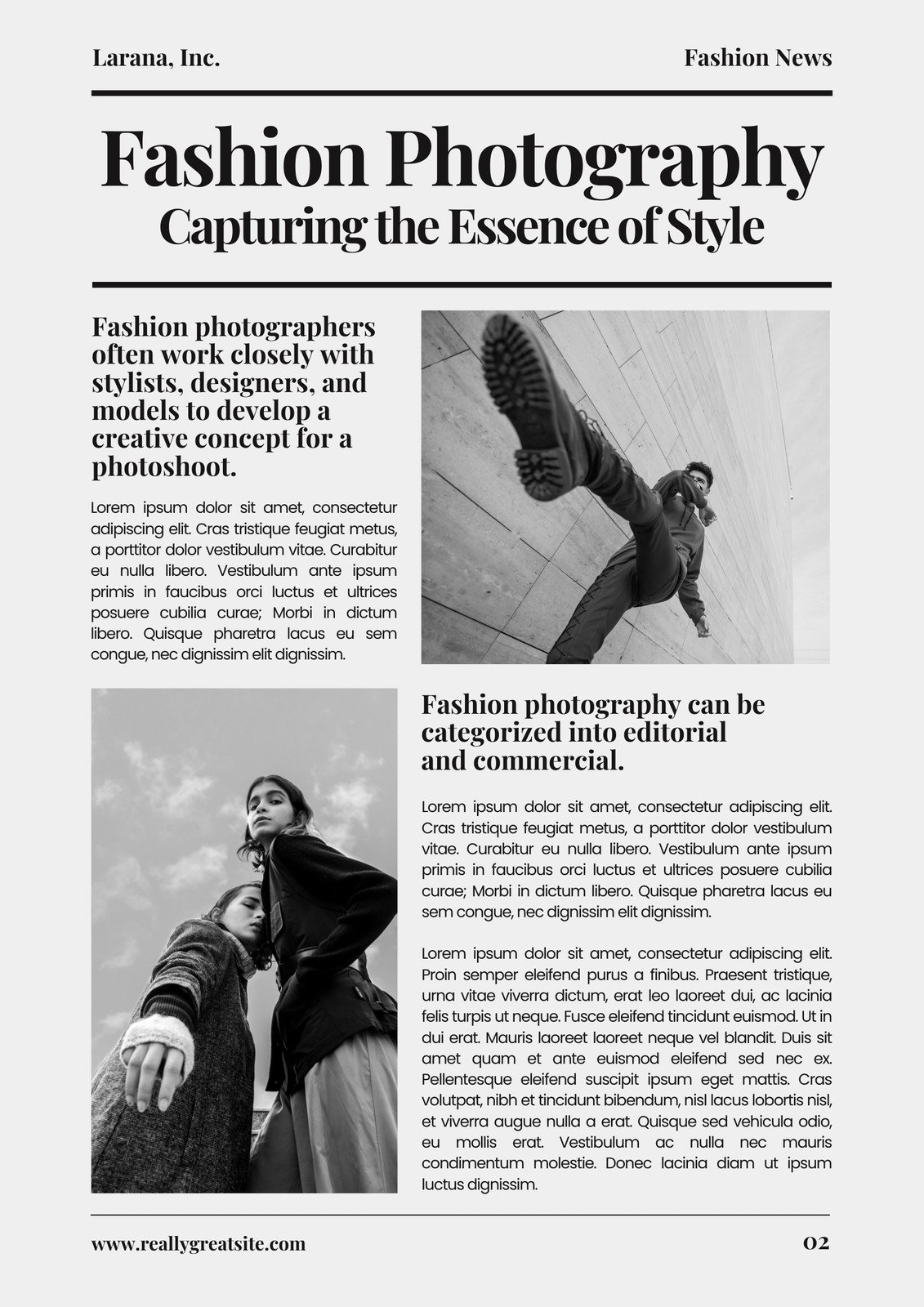Some Of News Articles
Some Of News Articles
Blog Article
What Does News Articles Do?
Table of ContentsThe Main Principles Of News Articles Unknown Facts About News ArticlesNews Articles for DummiesNews Articles Can Be Fun For EveryoneNews Articles Can Be Fun For Everyone
Excellent expertise of different subjects provides students an affordable edge over their peers. Despite the fact that electronic and social media sites are easily available, we need to not neglect exactly how crucial it is to read the newspapers. Parents need to attempt and instill the practice of reading a newspaper as a daily routine to proceed the legacy of the revered print tool.News tales additionally consist of at least one of the complying with important qualities family member to the designated target market: distance, prominence, timeliness, human rate of interest, quirk, or consequence.
Within these limits, news stories also intend to be comprehensive. Amongst the larger and extra recognized newspapers, justness and balance is a significant aspect in offering info.
Newspapers with an international audience, for example, often tend to make use of an extra official design of composing. News Articles.; typical design overviews consist of the and the United States News Style Publication.
The smart Trick of News Articles That Nobody is Discussing
As a rule, journalists will not use a long word when a brief one will do. They use subject-verb-object building and brilliant, energetic prose (see Grammar). They offer narratives, instances and allegories, and they rarely depend on generalizations or abstract ideas. Information writers try to stay clear of making use of the same word a lot more than once in a paragraph (sometimes called an "resemble" or "word mirror").
Headlines in some cases omit the topic (e.g., "Leaps From Watercraft, Catches in Wheel") or verb (e.g., "Cat woman lucky"). A subhead (additionally subhed, sub-headline, subheading, subtitle, deck or dek) can be either a secondary title under the major headline, or the heading of a subsection of the short article. It is a heading that comes before the primary message, or a group of paragraphs of the primary message.

Additional signboards of any of these types might appear later in the short article (specifically on subsequent web pages) to attract further analysis. Such signboards are also used as tips to the short article in various other areas of the publication or website, or as ads for the piece in various other publication or sites. Common framework with title, lead paragraph (recap in strong), other paragraphs (information) and call info.

Example of a hard-lead paragraph NASA is recommending an additional space job. The agency's budget plan request, introduced today, included a plan to send one more mission to the Moon. This time the company wishes to establish a long-lasting center as a jumping-off place for various other room journeys. The budget plan demands roughly $10 billion for the project.
The NASA announcement came as the company requested $10 these details billion of appropriations for the project. An "off-lead" is the 2nd essential front page news of the day. The off-lead shows up either in the leading left edge, or straight below the lead on the right. To "hide the lead" is to begin the short article with history info or details of second value to the visitors, compeling them to check out more deeply into a short article than they need to need to in order to uncover the crucial points.
The Best Guide To News Articles
Usual use is that or more sentences each develop their own paragraph. Reporters generally describe the organization or structure of a news story as an inverted pyramid. The necessary and most intriguing elements of a tale are placed at the start, with supporting information following in order of diminishing significance.
It enables individuals to check out a subject to only the deepness that their curiosity takes them, and without the imposition of details or nuances that they can consider irrelevant, but still making that information available to much more interested viewers. The upside down pyramid framework likewise allows short articles to be trimmed to any type of arbitrary length during design, to fit in the space offered.
Some authors begin their stories with the "1-2-3 lead", yet there are many kinds of lead readily available. A twist can refer to numerous points: The last story in the news program; a "delighted" tale to end the show.
Longer articles, such as publication cover short articles and the pieces that lead the inside areas of a newspaper, are called. Attribute tales vary from straight news in numerous methods. Foremost is the lack of a straight-news lead, the majority of the moment. Instead of supplying the significance of a tale up front, feature writers may try to draw visitors in.
The 6-Minute Rule for News Articles
A feature's very first paragraphs commonly associate an interesting moment or event, as in an "unscientific lead". From the details of an individual visit their website or episode, its sight swiftly widens to generalities about the story's subject.

The Editor's Toolbox: A Referral Guide for Beginners and Professionals (2001) Allan M. Siegal and William G. Connolly. The New York City Times Handbook of Design and Usage: The Official Style Overview Used by the Writers and Editors Web Site of the Globe's Most Reliable Paper (2002) M. L. Stein, Susan Paterno, and R.
Report this page